Cacti and succulents are beloved by gardeners everywhere for their unique beauty and hardiness. However, many people wonder if it's safe to mulch cacti and succulents. The short answer is yes, but with a few important considerations.
In this article, we’ll cover the benefits and risks of mulching for cacti and succulents, as well as the different types of mulch that should be used for different types of cacti and succulents.
Can cacti and succulents be mulched?
Mulching can offer many benefits for cacti and succulents, such as helping to retain moisture in the soil, controlling weeds, and providing insulation for the roots during extreme temperatures. Mulch can also improve the overall appearance of the garden.
However, there are also some potential risks to be aware of. For example, using the wrong type of mulch or applying it too thickly can lead to root rot in cacti, which can be fatal.
It's important to note that not all cacti and succulents are the same, and some have different needs when it comes to mulching. For example, cacti that are native to arid regions may not need as much mulch as those that are native to tropical regions.
When selecting a mulch, you also need to consider the drainage of the soil, the amount of sunlight the cacti are receiving, and the overall climate of the area. It's also important to note that the mulch should be placed around the base of the plant, but not up against the stem, as this can cause the stem to rot.
Types of mulch for cacti and succulents
When it comes to types of mulch for cacti and succulents, there are two main categories: quick dry mulch and slow dry mulch. Each can work well but in different situations. Let’s look at both types and see when to use each one.
Quick dry mulch (e.g. lava rocks)
Quick dry mulch, such as lava rocks, is a popular choice because it doesn't retain moisture, which can be beneficial for cacti that are susceptible to root rot. Lava rocks also have the added benefit of reflecting sunlight, which can help keep the soil cool.
However, it's important to note that lava rocks can get very hot in direct sunlight, which can be a problem for some cacti and succulents. Additionally, lava rocks can be heavy and difficult to move if you need to reposition your cacti and succulents.
Slow dry mulch (e.g. redwood chips)
On the other hand, slow dry mulch, such as redwood chips, can help retain moisture in the soil, which can be beneficial for cacti and succulents that need more water. Redwood chips also decompose over time adding nutrients to the soil.
But because redwood chips decompose over time, there is an increased chance of weeds. Redwood chips can also be a breeding ground for pests such as termites, so it's important to keep an eye out for any signs of infestation.
Mulching Techniques and Best Practices
When it comes to mulching cacti and succulents, it's important to understand the proper techniques and best practices to ensure that your plants stay healthy and thrive. One of the most important things to consider is the proper application of mulch. When applying mulch, it's important to use a thin layer around the base of the plant, about 2-3 inches deep. This will help retain moisture in the soil and control weeds without suffocating the roots.
Maintaining your mulch is another important aspect of caring for your cacti and succulents. The frequency at which you need to reapply mulch will depend on the type of mulch you're using, as well as the climate and the overall health of your cacti and succulents. In general, it's a good idea to check the mulch every few months, and reapply it as needed to maintain the desired depth.
Also, remember that while mulch is a great option, it's not the only one. Using pots and containers can also provide insulation and moisture retention. For a more natural look, you can even use gravel or sand, this will help with drainage and provide more insulation. Either way, it's important to understand these options and choose the best one for your specific cacti and succulents.
Special considerations for cacti susceptible to root rot
Cacti that are susceptible to root rot require extra care and attention. These cacti should only use quick dry, non-moisture retaining mulch such as lava rocks. You should also avoid applying too much mulch, as this can lead to excess moisture in the soil and an increased risk of root rot for these species.
It's important to make sure that the soil has good drainage and to avoid over-watering. These sorts of cacti should be planted in a well-draining cactus mix or a mix of regular potting soil and coarse sand to aid with drainage.
Another thing to consider when mulching cacti susceptible to root rot is the size of the cactus. Small cacti may require less mulch than larger cacti. Again, you should also make sure that the mulch never comes in contact with the stem of the cactus, as this can cause the stem to rot quite quickly.
You’ll also want to keep an eye out for any signs of stress in your cacti. This includes yellowing of the leaves, soft or mushy spots, and a general lack of vigor. If you notice any of these signs, remove the mulch ASAP and allow the soil to dry out completely before adding any new mulch.
Key Takeaways
Cacti and succulents can be mulched, but it's important to choose the right type of mulch and apply it properly to avoid any of the potential problems that can arise. Gardeners should be especially cautious with cacti that are susceptible to root rot and should consider using quick dry mulch such as lava rocks.
Mulching cacti and succulents can be beneficial, but it's important to be mindful of the type of mulch used, the climate and the susceptibility of the cacti to root rot. That said, with the right approach, you can enjoy healthy, beautiful cacti and succulents that will thrive in your garden for years to come. Happy Gardening!
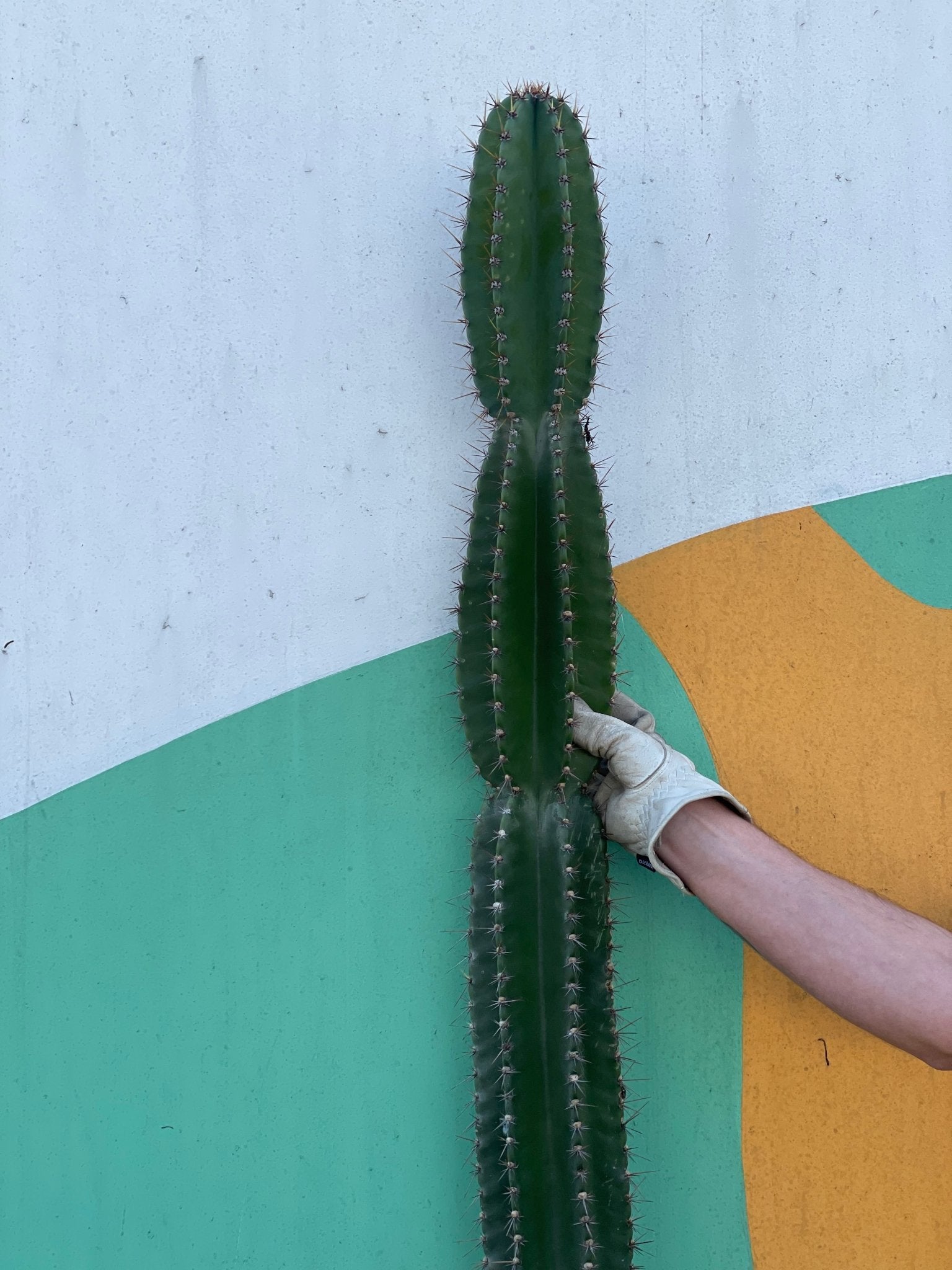
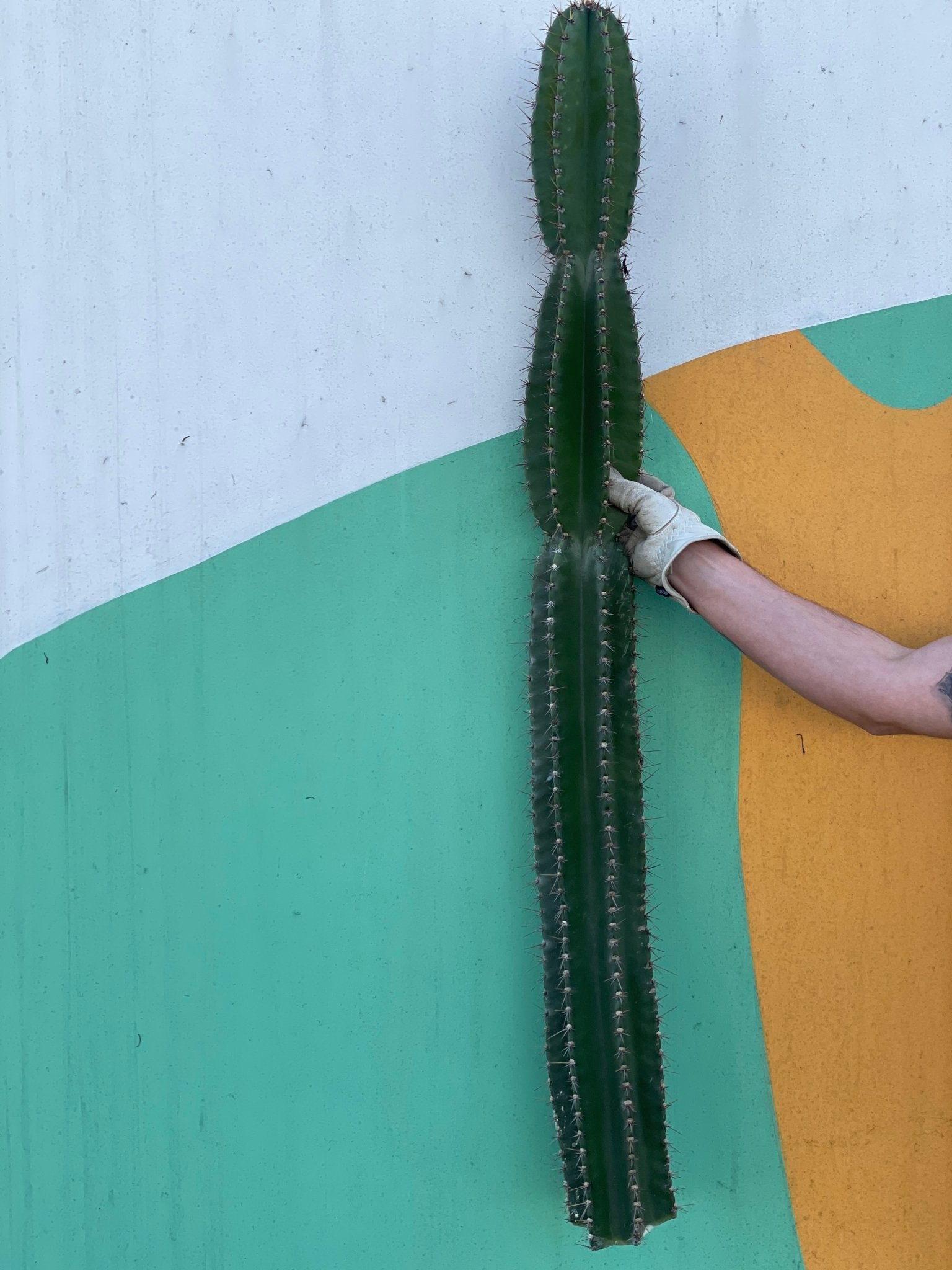
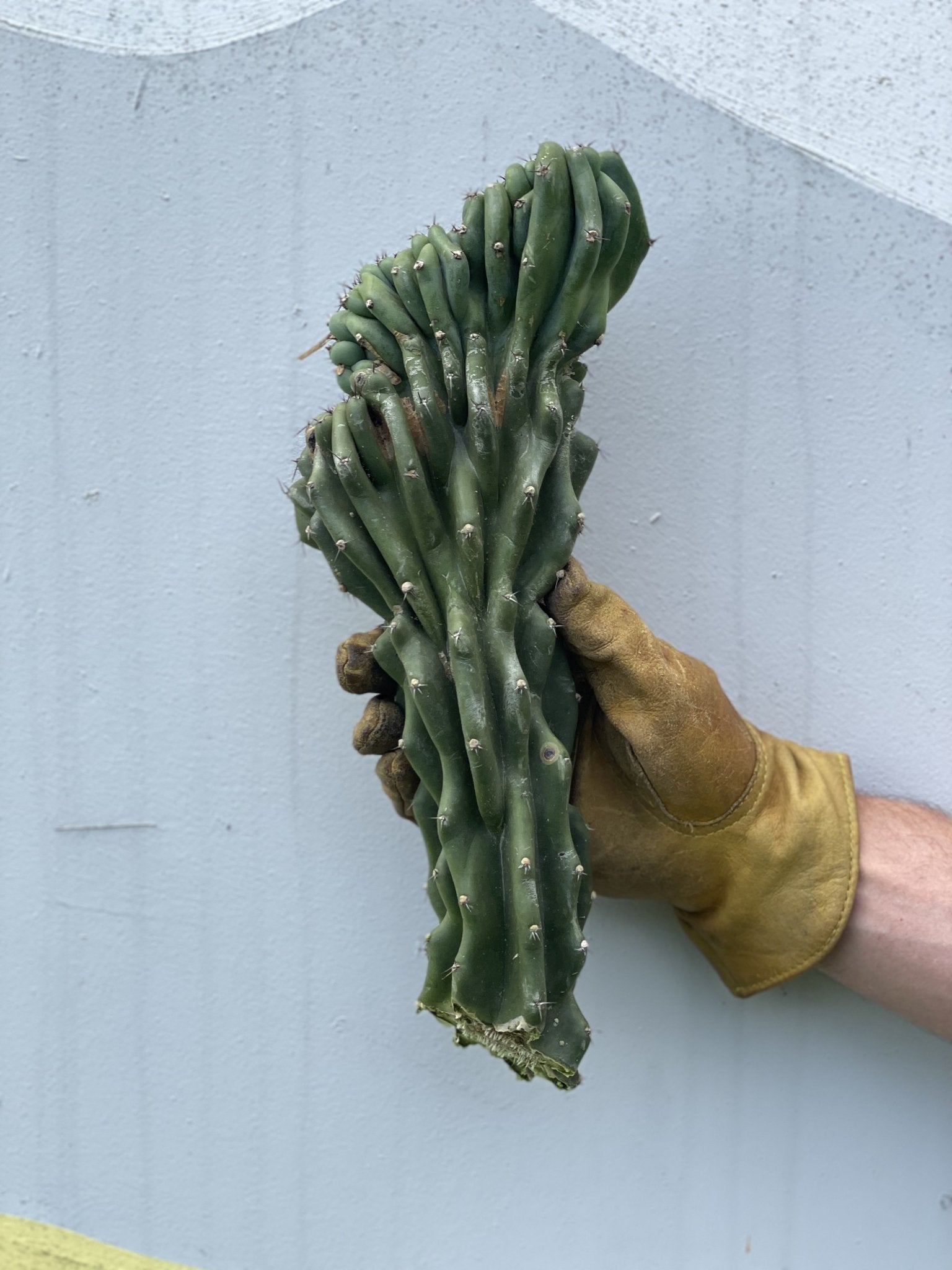
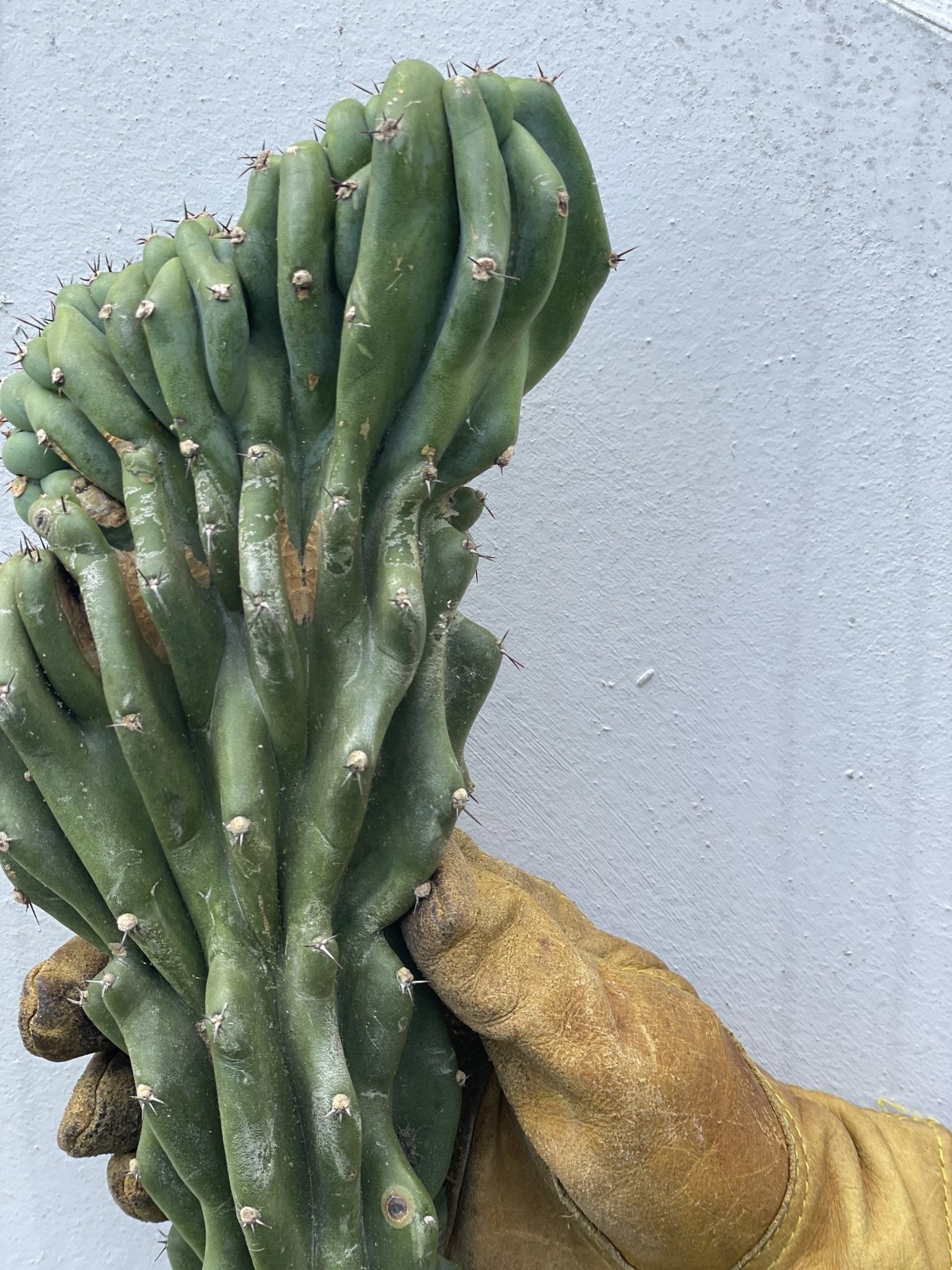


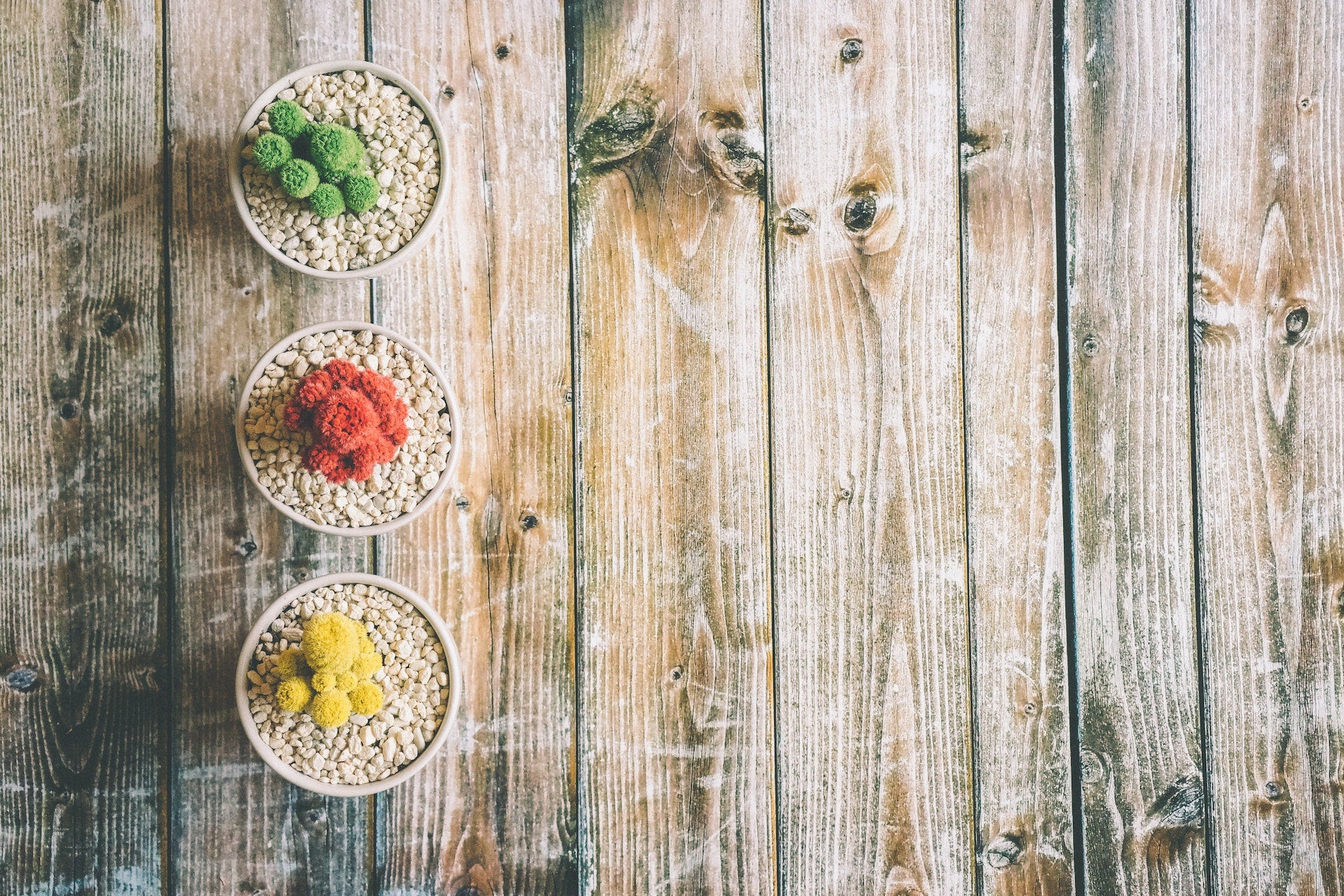
Leave a comment